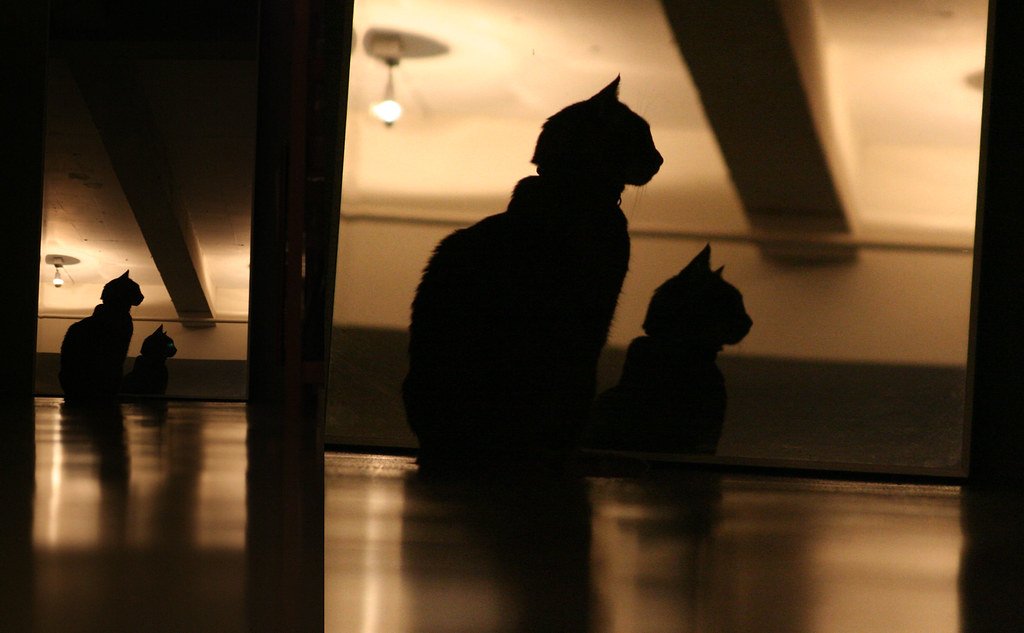If you thought you’d seen every kind of cat coat—from the classic tuxedo to the mysterious seal point—think again. There’s a new fur color in town, and it’s turning heads in the feline world. Meet the salmiak cat, named after a popular salty licorice candy in Finland, where this unusual black-and-white gradient coat has made its debut.
With fur that starts dark near the roots and gradually fades to white at the tips, the salmiak pattern creates a smoky, speckled appearance. Think of it as salt-and-pepper—but with extra style. The coat first caught attention in 2007, and by 2019, Finnish cat lovers had brought it to the attention of a team of feline genetics experts led by Heidi Anderson.
Fast forward to 2024, and scientists have cracked the genetic code behind this cool cat color. Their findings were published in the journal Animal Genetics, and the answer is just as interesting as the cats themselves.
One Color to Rule Them All?

When scientists study cat coats, they usually start with a simple rule: all cats are either black or orange at the genetic level. Everything else—gray, white, cream, tortoiseshell—is just a remix created by genetic modifiers like the dilution gene, which can fade a black cat to gray or turn orange to cream.
So when these salt-flecked cats started showing up, the assumption was easy: it must be a new expression of the dilution gene. But when researchers studied the known genetic pathways for dilution, they couldn’t find anything that matched.
So they leveled up—by sequencing the entire genomes of two salmiak-coated cats.
What Was Missing Made All the Difference

Instead of finding something new, researchers found… nothing. Literally.
There was a noticeable chunk of DNA missing downstream of the KIT gene—a gene already known to influence white fur patterns in animals, said Heidi Anderson, a feline geneticist. That missing piece of genetic code turned out to be the secret sauce that created the salmiak coat.
To make sure they weren’t barking up the wrong tree (or meowing up the wrong scratching post?), the team tested 181 cats. Their results confirmed it: this missing DNA segment was directly linked to the new color pattern.
But there’s a twist: the mutation is recessive, meaning a cat has to inherit it from both parents to show off its salty style. That’s why salmiak coats are still pretty rare, though possibly not for long.
From Genetic Mystery to Admired Marvel

“This coat has aroused a lot of admiration for years,” Anderson said. “It’s really exciting that we now have some genetic explanation for it.”
So, next time you see a smoky-looking feline with that silvery fade, you might be meeting one of the rare salmiak cats. While your cat may not be hiding a secret DNA mutation, we think all cats are genetically coded to be adorable.
And hey, whether it’s tuxedo, tabby, or salty licorice, one thing’s for sure: they all rule the house.






